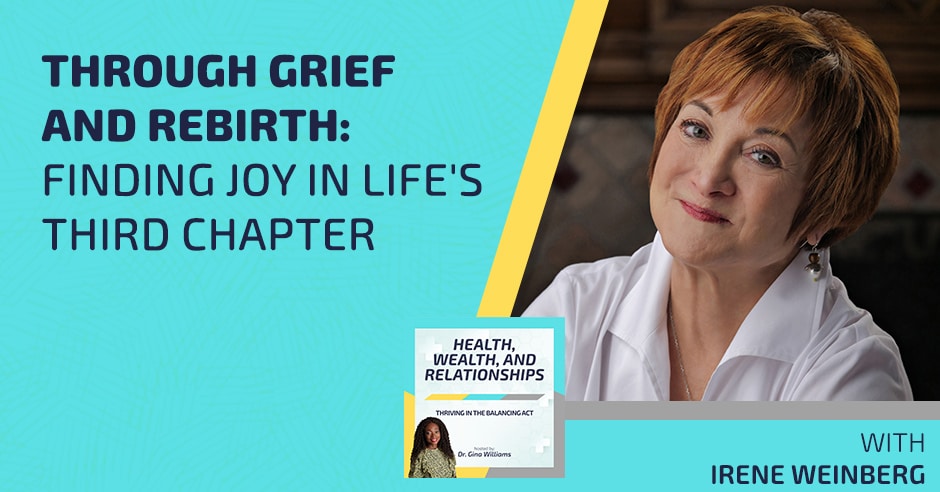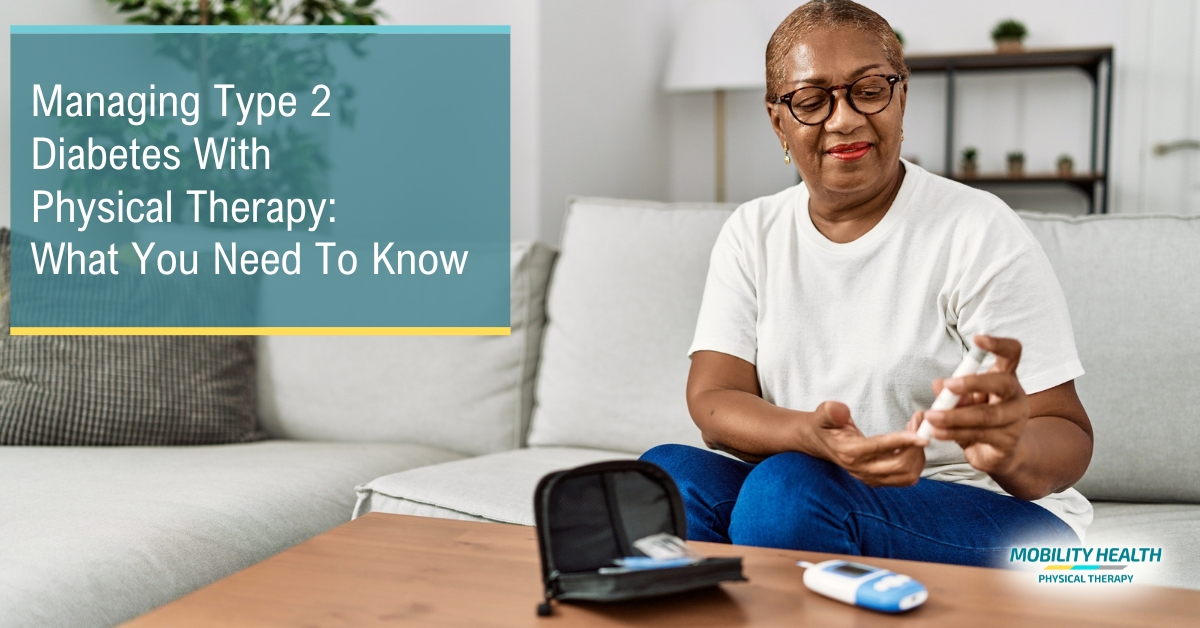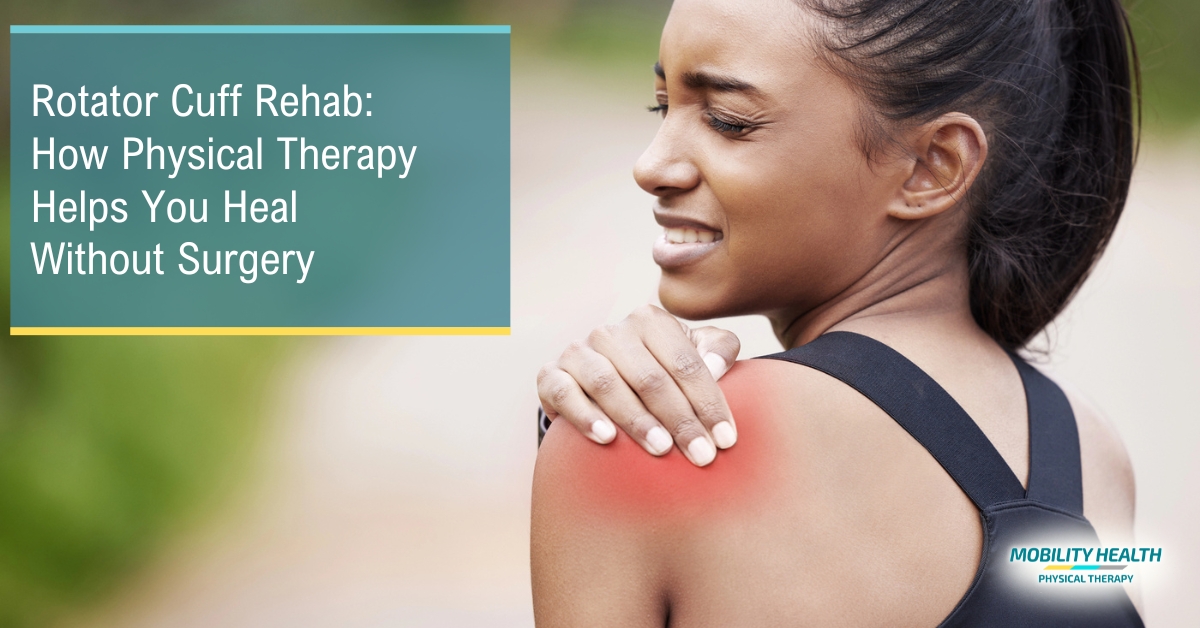Golfer’s elbow is a painful condition that can affect the range of movement in your elbow, forearm, and hand.
It can be very sneaky, since it’s often caused by overuse rather than a particular injury or condition.
Physical therapy is a great resource to help reduce your pain and restore your range of movement.
At Mobility Health Physical Therapy, we offer physical therapy services in NYC for a wide range of different conditions.
This includes physical therapy for sports injuries like golfer’s elbow.
But what exactly is golfer’s elbow?
Can you get golfer’s elbow if you don’t play golf?
And what’s the best way to treat golfer’s elbow?
In this article, we’ll answer these questions and more.
What Is Golfer’s Elbow?
Golfer’s elbow is a condition characterized by sore tendons on the inside your forearm.
A tendon is the soft tissue that attaches your muscles to a bone.
We have a lot of them in our bodies.
This soreness is caused by irritation, and inflammation that results from the overuse of your hand, wrist, or forearm.
In severe cases, it’s possible for your tendons to tear away from your bone if you continue to irritate it.
And even though it’s called golfer’s elbow, you can still get it even if you never play golf.
It’s similar to tennis elbow in that it’s a type of overuse injury.

What Does Golfer’s Elbow Feel Like?
We’ve already established that golfer’s elbow can be painful, but what exactly does it feel like?
Possible symptoms can include:
- Pain or numbness from the inside your elbow into your hand and fingers during movements
- Pain along the inside your forearm during wrist, hand, or elbow movements
- Swelling and tenderness inside your forearm
- Hand and forearm weakness while gripping
- Stiffness in your elbow
How Do You Get Golfer’s Elbow?
Like we said before, there are a few different ways that you can get golfer’s elbow.
The most common cause is by repetitive strain, or overuse of the muscles and tendons in your forearm.
Repetitive strain is caused by activities that require frequent gripping, swinging, or twisting motions.
That’s why golf is a common culprit, but you can also get it from tennis or baseball.
Overuse occurs during repetitive tasks either in sports or in your day to day that tire your forearm muscles, leading to chronic stress on your tendon.
It’s also possible to get golfer’s elbow if your forearm muscles are weak, which forces your tendons to overcompensate for them.
This leads to their fatigue and overuse.
Using poor gripe technique while playing sports like golf or tennis can create unnecessary strain on your elbow and forearm, leading to golfer’s elbow.
However, tennis elbow isn’t the same as golfer’s elbow.
Both are repetitive strain injuries, but they affect a different area.
As we age, our tendons lose their flexibility and are more prone to injury during use.
This means you’re more likely to get golfer’s elbow as you grow older.
There are a couple of medical conditions that increase your risk of developing golfer’s elbow.
Specifically conditions like rheumatoid arthritis or diabetes both impact the health of your tendons negatively.
This is why it’s so important to use proper technique, and maintain strength in your arms to help reduce your risk of developing the condition.
How Physical Therapists Diagnose Golfer’s Elbow
Golfer’s elbow is often diagnosed by a physical therapist.
To do this, your therapist will conduct a thorough evaluation to understand your symptoms and ask you detailed questions about your medical history and lifestyle.
Then, as part of your evaluation, your physical therapist may ask you to perform strength and range of motion tests using your wrist, forearm, and elbow.
This is to determine how severe your pain is and to assess your current level of strength and mobility.
It’s possible that you may have a muscle imbalance, which is contributing to your golfer’s elbow.
This is something your physical therapist will check for, along with a physical examination to check for areas of swelling or inflammation.
The results of these tests will determine their diagnosis, and confirm whether you have golfer’s elbow.
Physical Therapy Approaches To Golfer’s Elbow
The good news is that physical therapy for golfer’s elbow is an effective treatment to consider.
After your evaluation, your physical therapist will create a custom treatment plan that typically involves three stages.
Let’s find out more about each of these stages.
1. Pain Management
The first stage of your treatment plan will focus on pain management.
There are a few different physical therapy approaches to pain management.
Your physical therapist will teach you what movements to avoid while your elbow is healing, which will help to reduce inflammation in your tendon.
To help this process, you may also be recommended to use cold therapy in the form of ice or ice massage.
They might also recommend using their ultrasound to stimulate blood flow and reduce inflammation.
If you have a severe case, you may also be recommended to stop the activity that caused your injury, and to take over the counter anti-inflammatory pain medication to help.

2. Stretching And Strengthening Exercises
Once the acute swelling and inflammation has receded, often after a period of rest, heat, and ice, your physical therapist will move to the more active part of your treatment plan.
This typically involves stretching and strengthening exercises that come with a take home plan that you can work on outside of sessions.
The focus on strength training is to help maintain your forearm and hand strength, which in turn supports your tendons and reduces your risk of re-injury.
The focus on stretching is to improve your range of motion.
Mobility exercises help your elbow and wrist maintain proper movement, which also reduces your risk of re-injury.

3. Returning To Activities
Once you’re able to comfortably use your forearm and hand again, your physical therapist will teach you how to return to your daily activities correctly.
The emphasis on correct movement is how you can reduce your risk of re-injury, since it’s often incorrect movements that add unnecessary strain to your tendons.
If your golfer’s elbow was caused by a sports injury, then they will evaluate your form and provide feedback on how to improve.
This can look like changes to your swing, or throwing techniques.
If it happened as part of your job, then they may recommend modifying your work environment to help reduce the strain on your elbow.
Ultimately, returning to your normal activities is typically the goal of a physical therapy treatment plan.
They’re here to help you get there as quickly as possible.

Book Your Appointment With Our Physical Therapy Clinic Today
Golfer’s elbow can be a painful condition that can be quickly solved using physical therapy.
If your case is not chronic, meaning it has not lasted for more than six weeks, you’ll likely start to feel better within a few weeks after your treatment plan begins.
If your case is chronic, then it may take more time before you start to noticeably improve.
Sometimes, this can take months.
That’s why it’s important to see a physical therapist as soon as you notice any pain or inflammation in your forearm that doesn’t resolve on its own after a short period of rest.
Physical therapy offers an effective, non-invasive solution to relieve symptoms, improve mobility, and get you back to doing what you love.
At Mobility Health Physical Therapy, our physical therapy team specializes in helping you recover from overuse injuries like golfer’s elbow with personalized, evidence-based care.
If you’re ready to feel better, move easier, and get back to your routine, book your appointment with Mobility Health Physical Therapy today.












